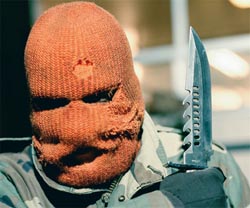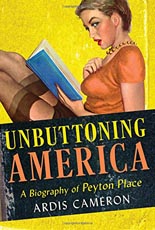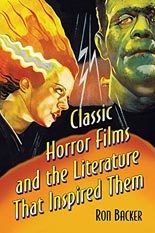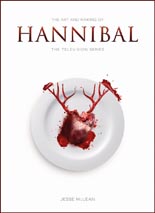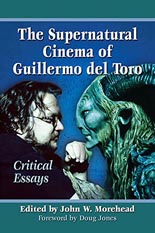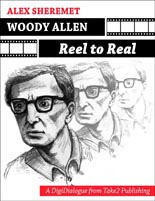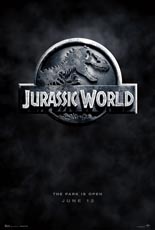
 You cannot trust an old and filthy-rich white guy. After being responsible for the deaths of several people in his employ — and quite nearly his two adorable grandchildren — John Hammond sure had learned his DNA-manipulating lesson by the end of 1993’s Jurassic Park.
You cannot trust an old and filthy-rich white guy. After being responsible for the deaths of several people in his employ — and quite nearly his two adorable grandchildren — John Hammond sure had learned his DNA-manipulating lesson by the end of 1993’s Jurassic Park.
Said lesson just didn’t stick, because now, while Hammond is dead (R.I.P. Richard Attenborough), his reanimated dream of a live-dinosaur theme park is very much alive — and predictably fatal — with Jurassic World, the belated third sequel in the series, seemingly extinct since 2001.
Nary a Sam Neill nor a Jeff Goldblum can be found in this fine, flashy edition. In their place is Guardians of the Galaxy star Chris Pratt as Owen, a stoic raptor whisperer; serving as the imitation Laura Dern is Bryce Dallas Howard (Spider-Man 3) as Claire, the park’s harried, workaholic Jill of all trades. Her character also functions as stand-in of sorts for Hammond, in that her nephews (Insidious’ Ty Simpkins and The Kings of Summer’s Nick Robinson) happen to be enjoying a VIP day at Jurassic World when its latest genetically modified attraction decides to free herself from her pen.
 Jurassic Park was a phenomenon because audiences enjoyed seeing phenomenally lifelike dinosaurs on a rampage. The anemic 1997 The Lost World: Jurassic Park and 2001’s underrated Jurassic Park III also delivered the still-novel spectacle of the prehistoric creatures putting humans in their place on the food chain, which is to say putting them six feet under … provided any identifiable scraps were left behind for proper burial. New not just to the franchise, but big-budget studio films, Jurassic World director Colin Trevorrow more than understands this, thus keeping the core of Steven Spielberg’s (and novelist Michael Crichton’s) original concept intact — you don’t muck with 65 million years of history, you know — but makes it just different enough to avoid a brainless retread.
Jurassic Park was a phenomenon because audiences enjoyed seeing phenomenally lifelike dinosaurs on a rampage. The anemic 1997 The Lost World: Jurassic Park and 2001’s underrated Jurassic Park III also delivered the still-novel spectacle of the prehistoric creatures putting humans in their place on the food chain, which is to say putting them six feet under … provided any identifiable scraps were left behind for proper burial. New not just to the franchise, but big-budget studio films, Jurassic World director Colin Trevorrow more than understands this, thus keeping the core of Steven Spielberg’s (and novelist Michael Crichton’s) original concept intact — you don’t muck with 65 million years of history, you know — but makes it just different enough to avoid a brainless retread.
The title of Trevorrow’s previous work, the oddball dramedy Safety Not Guaranteed, could double as Jurassic World’s tagline; for instance, when the pterodactyls escape the aviary to make snacks of the tourists, the movie plays for keeps as Alfred Hitchcock’s The Birds — an obvious visual influence — did in ’63. (Translation: Innocents die!) I love that Universal Pictures has entrusted a guy from the indie ranks to take on this behemoth tale of anything-for-a-billion-bucks corporate greed; Trevorrow rises to the challenge with an injection of subversion that lurks one hair below the surface. Both sides will be laughing their way to the bank for decades to come.
That the fourth Jurassic adventure doesn’t suck would be good enough; that it’s admittedly kinda great is — apologies in advance, kids — dino-mite. —Rod Lott

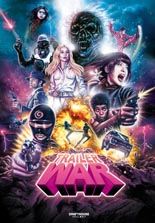
 No war is to be fought with
No war is to be fought with 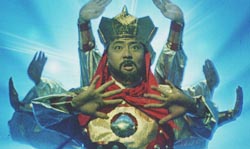

 Time and time again, the movies prove that drivers for any given state’s Department of Corrections are the worst. Fifteen years before the best example of this —
Time and time again, the movies prove that drivers for any given state’s Department of Corrections are the worst. Fifteen years before the best example of this — 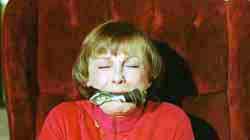
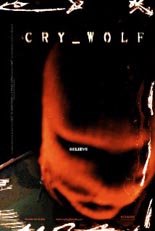
 While the hero of
While the hero of 